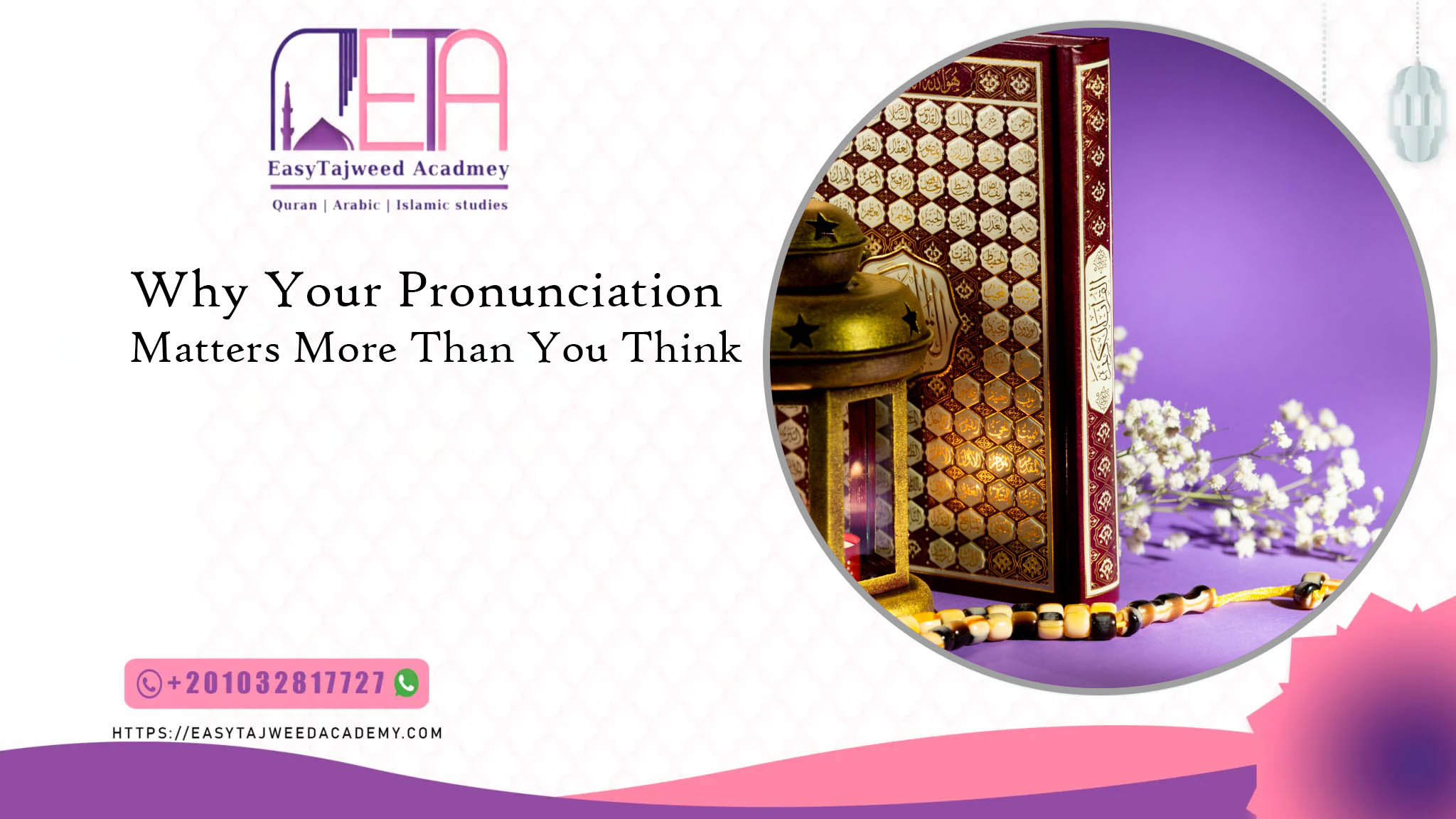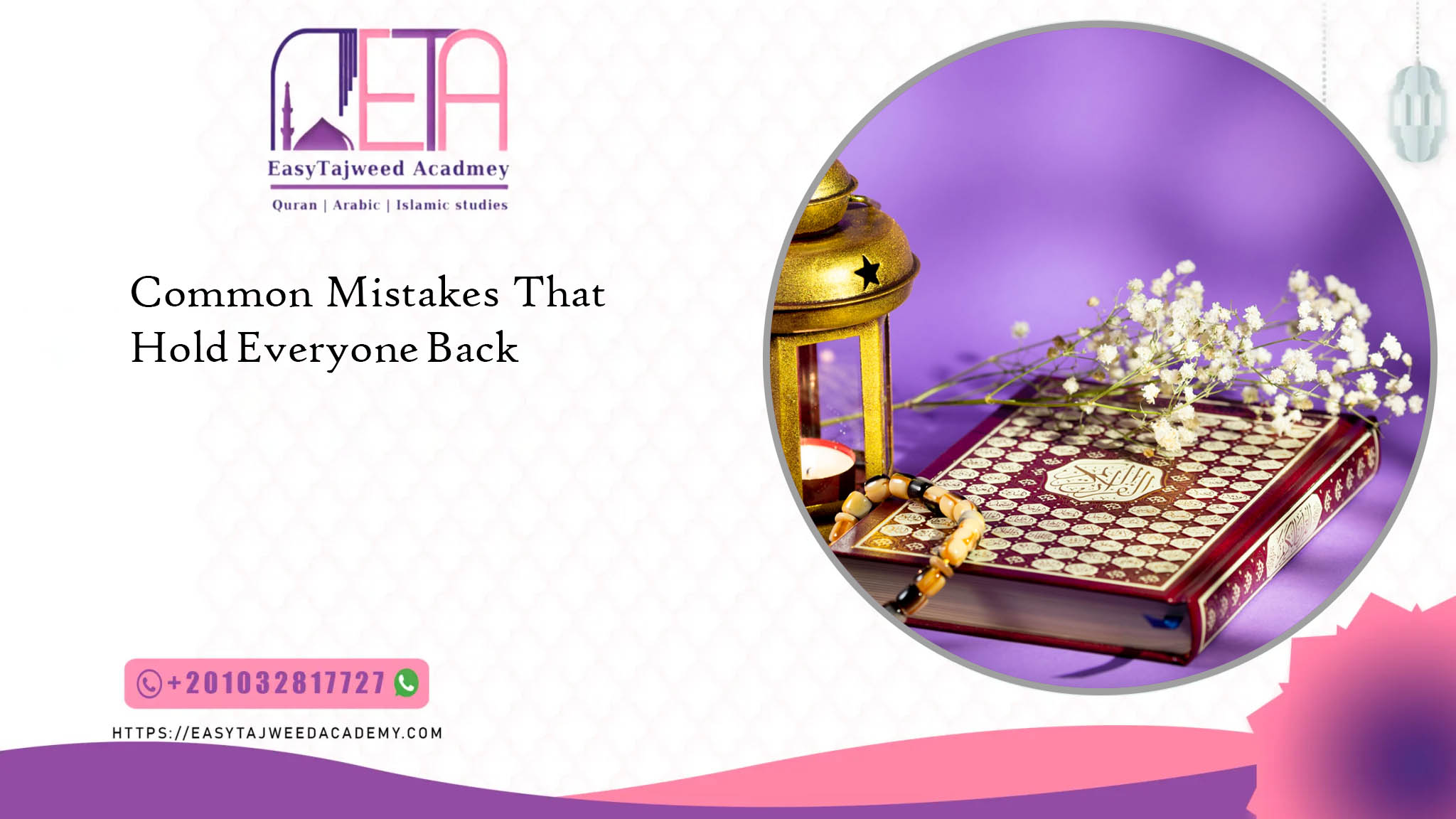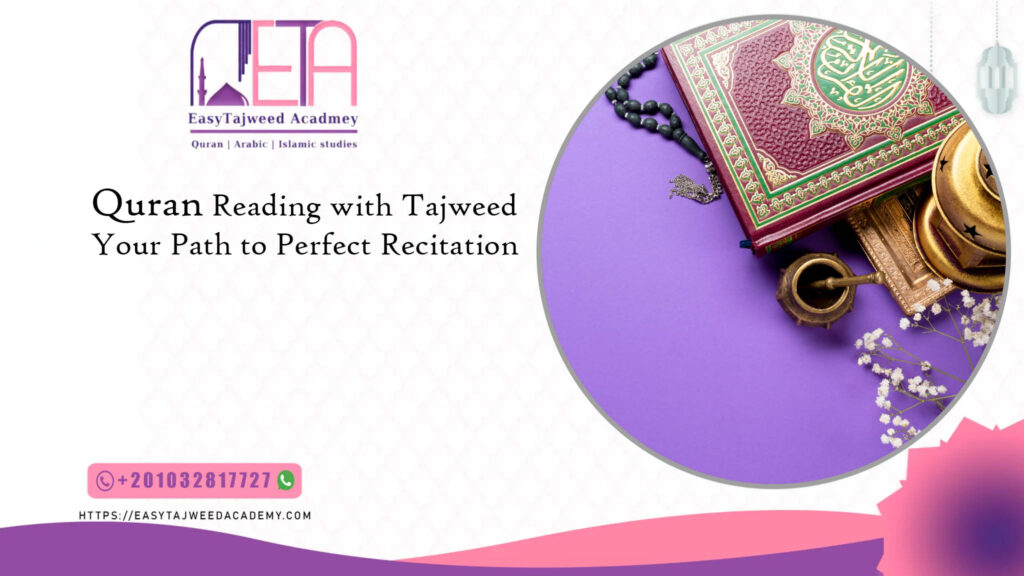The Divine Art That Changes Everything
When you first hear a master reciter chanting the Quran with perfect Tajweed, something magical happens. The Arabic words flow like a gentle river, each syllable carrying centuries of tradition and spiritual power.
This isn’t just reading – it’s an art form that transforms both the reciter and the listener. Quran reading with Tajweed represents the pinnacle of Islamic oral tradition, where every breath, every pause, and every sound has been preserved exactly as revealed to Prophet Muhammad (peace be upon him) over 1,400 years ago.
Why Your Pronunciation Matters More Than You Think

Most people don’t realize that mispronouncing just one letter in Arabic can completely change the meaning of a word. When we talk about Quran reading with Tajweed, we’re not being perfectionist for the sake of it – we’re preserving the actual message of Allah. Imagine reading “king” instead of “kind” in English and how that changes everything. Arabic is even more sensitive to pronunciation changes.
A single mispronounced letter could turn a prayer into something unintended, or worse, change a divine attribute into something incorrect. This is why scholars have spent lifetimes perfecting these rules, ensuring that every Muslim can access the Quran’s true meaning through proper recitation.
The Science Behind Beautiful Recitation
Tajweed isn’t just about making the Quran sound pretty – there’s real science behind it. Each Arabic letter originates from a specific part of your mouth, throat, or nasal cavity. When you learn Quran online with Tajweed, you’re actually training seventeen different articulation points in your vocal system. Your tongue learns to touch precise spots, your throat muscles develop control you never knew existed, and your breathing becomes more disciplined.
Modern speech therapy actually uses similar techniques that Tajweed has employed for centuries. The result is not just correct pronunciation, but a meditation-like state that naturally occurs when your entire respiratory and vocal system works in harmony.
Breaking Down the Mental Barriers
Many adults avoid learning proper Tajweed because they think it’s too complicated or they’re too old to start. This couldn’t be further from the truth. While children might pick up the sounds more quickly, adults have the advantage of understanding grammar rules and patterns that make Tajweed logical rather than just memorization.
The key is starting with basic breathing exercises and letter pronunciation before jumping into complex rules. Think of it like learning to drive – you don’t start on the highway. With consistent practice, even fifteen minutes daily, most adults can develop solid Tajweed skills within six months. The secret is patience with yourself and celebrating small victories along the way.
The Emotional Connection You’ve Been Missing
Here’s something most people don’t expect: proper Quran reading with Tajweed creates an emotional experience that’s impossible to replicate with incorrect recitation. When you pronounce each letter correctly and follow the rhythm rules, your brain processes the sounds differently.
The melodic patterns trigger the same neural pathways that respond to music, but with the added spiritual dimension of sacred text. Many students report feeling more connected to their prayers, experiencing a sense of peace they never had before, and even finding that memorization becomes easier when they use proper Tajweed. It’s like the difference between reading sheet music and actually hearing a symphony performed.
Common Mistakes That Hold Everyone Back

Even advanced students often struggle with the same fundamental errors in Quran reading with Tajweed. The biggest mistake is rushing through verses instead of focusing on quality. Many people think faster recitation shows better skill, but true mastery means controlling your pace and giving each letter its full right.
Another common issue is inconsistent practice – studying intensively for a few days, then taking weeks off. Your mouth muscles need regular exercise to maintain proper positioning. Finally, many students focus only on individual letter pronunciation while ignoring the flow between words. Tajweed is about transitions and connections, not just isolated sounds.
Building Confidence Through Community
Learning Quran reading with Tajweed doesn’t have to be a solitary journey. Group classes create accountability and motivation that’s hard to achieve alone. When you hear fellow students working through the same challenges, you realize that everyone struggles with certain rules. More advanced students often become informal mentors, sharing tips that helped them overcome specific difficulties.
Online communities have made this support system global – you can connect with Tajweed students from different continents who are working on the same surah or rule set. This social aspect transforms what could be a frustrating individual challenge into an encouraging shared experience.
The Physical Benefits Nobody Talks About
Proper Quran reading with Tajweed is essentially a workout for your respiratory and vocal systems. The controlled breathing required for extended recitation strengthens your diaphragm and increases lung capacity. The precise tongue and lip movements improve overall speech clarity, even in your native language. Many students notice improvements in their singing voices or public speaking abilities.
The posture required for optimal recitation – sitting straight with relaxed shoulders – helps counter the effects of modern sedentary lifestyles. Some medical professionals even recommend Tajweed practice as therapy for certain speech impediments, though this should always be done under proper guidance.
Creating Your Personal Practice Routine
Developing a sustainable routine for Quran reading with Tajweed requires honest self-assessment of your schedule and energy levels. Morning practice often works best because your mind is fresh and your voice is rested.
Start with just ten minutes daily, focusing on perfecting a few verses rather than covering large sections poorly. Record yourself regularly – most people are shocked at the difference between what they think they sound like and how they actually sound. Use a variety of learning materials: written rules for intellectual understanding, audio examples for ear training, and video instruction for visual learners. Most importantly, be consistent rather than perfect. Regular practice with minor errors beats sporadic perfect sessions.
Beyond Rules: Developing Your Spiritual Voice
As you advance in Quran reading with Tajweed, you’ll discover that the rules become automatic, freeing you to focus on the spiritual dimensions of recitation. Each verse carries emotional weight that proper Tajweed helps convey.
Verses about paradise should sound hopeful and joyful, while verses about hell should carry appropriate gravity. This doesn’t mean dramatic performance, but rather subtle variations in pace, tone, and emphasis that reflect the content’s meaning. Advanced reciters develop their own style within the bounds of traditional rules, much like calligraphers develop distinctive handwriting while maintaining legibility. This personal expression through sacred text represents the ultimate goal of Tajweed study.
Your Journey Starts With a Single Letter
Every expert in Quran reading with Tajweed started exactly where you are now – with uncertainty, questions, and the desire to improve their connection with the Quran. The path requires patience, practice, and qualified guidance, but the rewards extend far beyond correct pronunciation. You’re not just learning rules; you’re joining an unbroken chain of tradition that connects you directly to the Prophet’s time.
Whether you’re a complete beginner or looking to refine existing skills, remember that this journey is about progress, not perfection. Each correctly pronounced letter earns divine reward, and every improvement brings you closer to the beautiful recitation that touches hearts and transforms lives.
Read Also: The Virtues of Reciting quran


